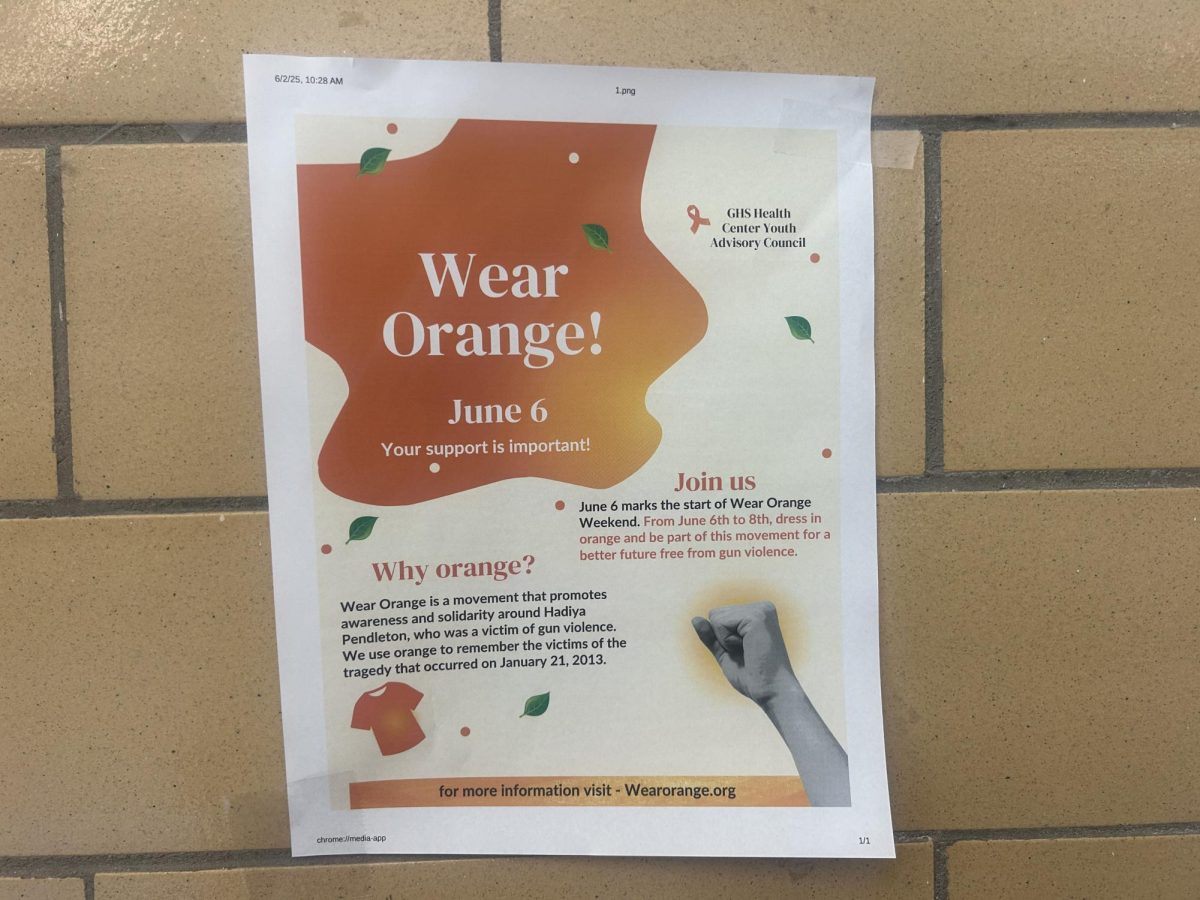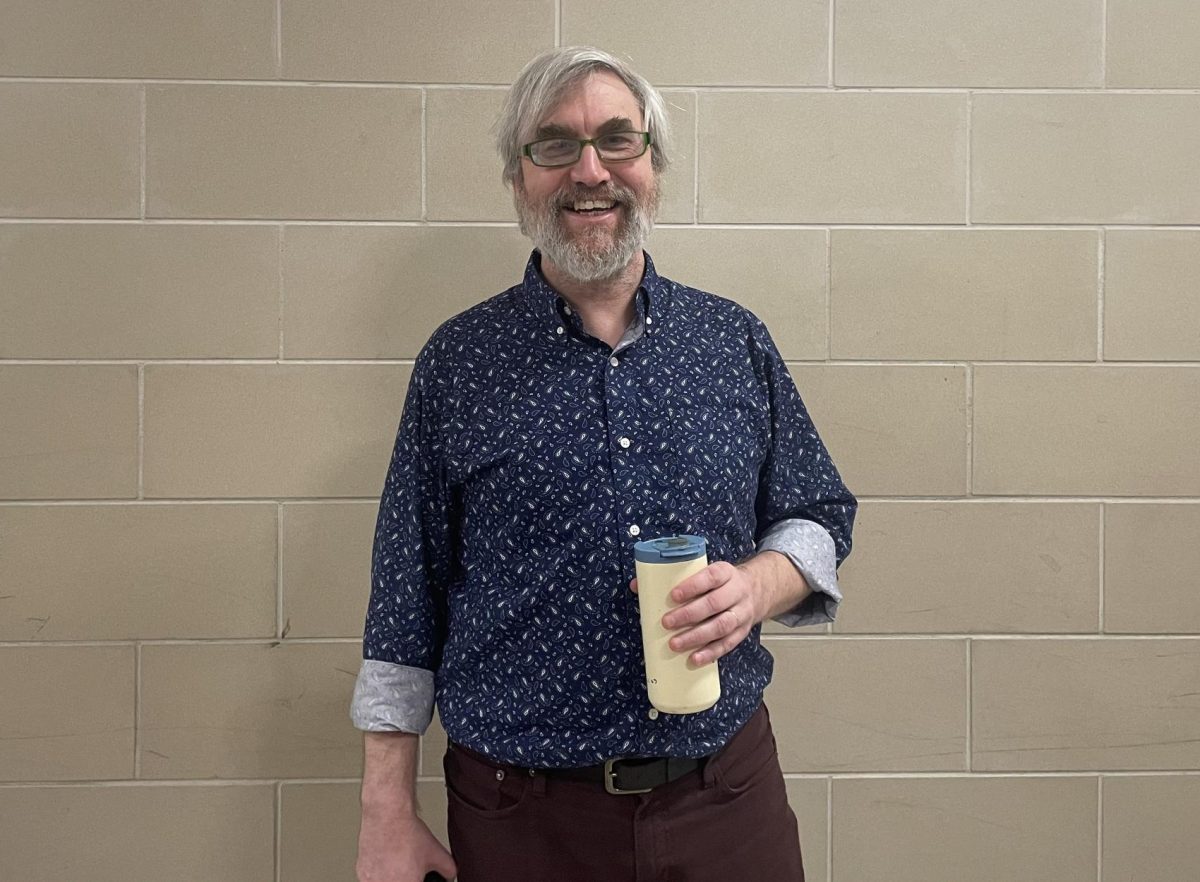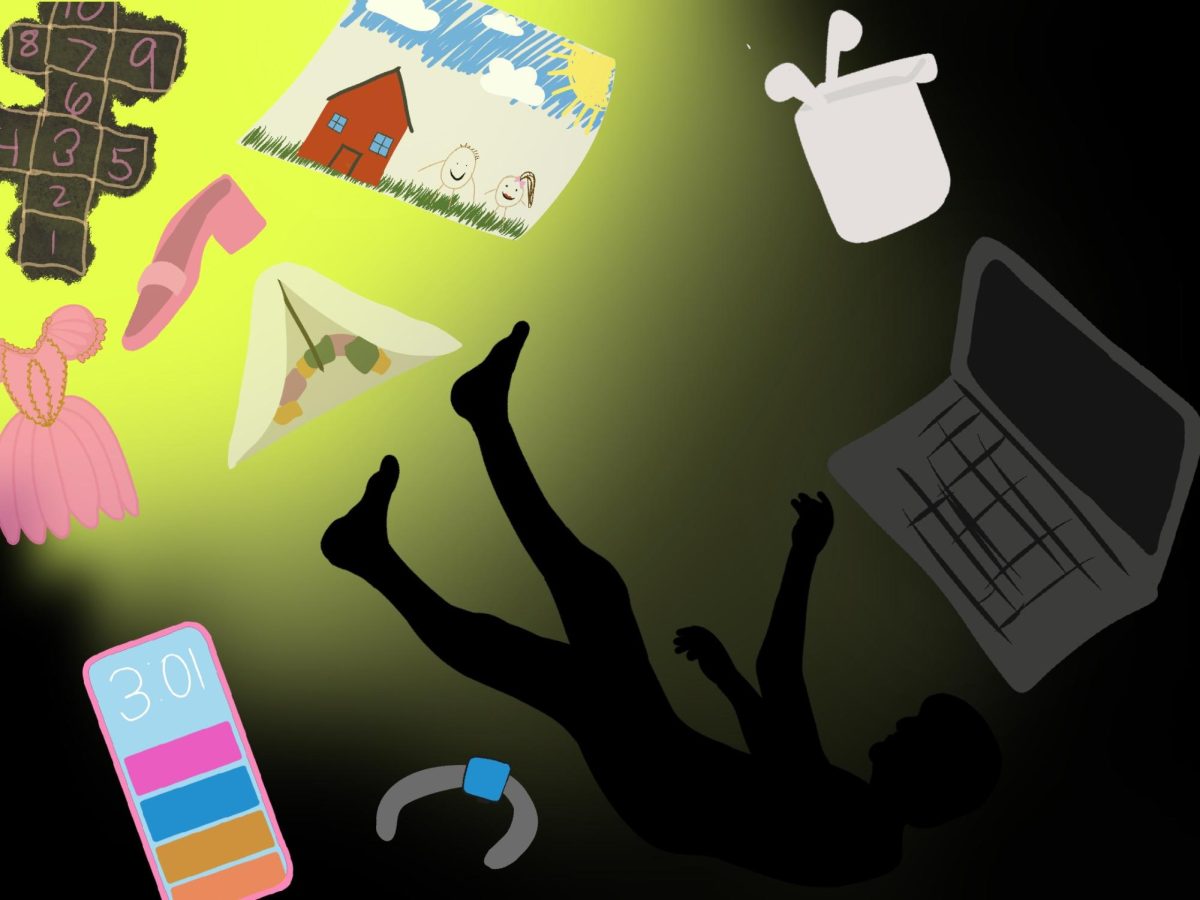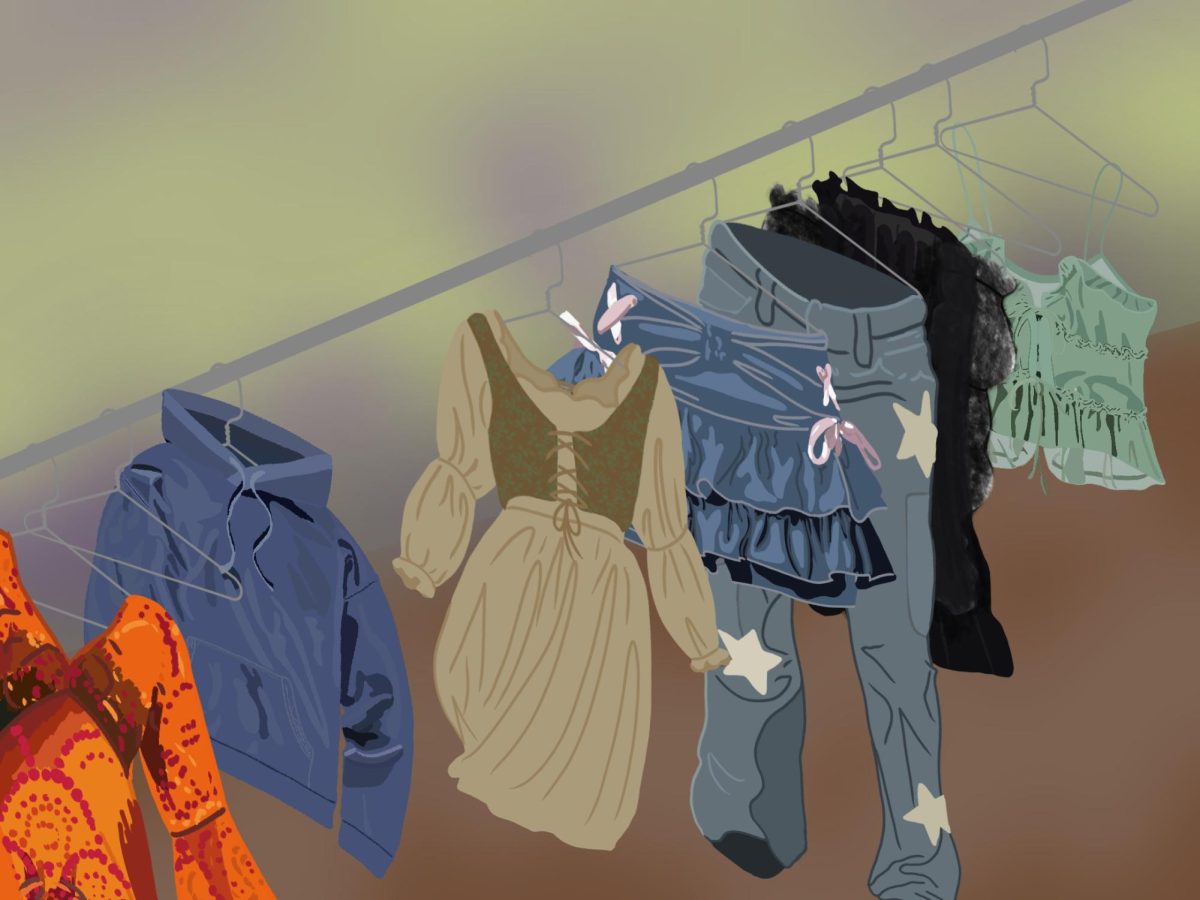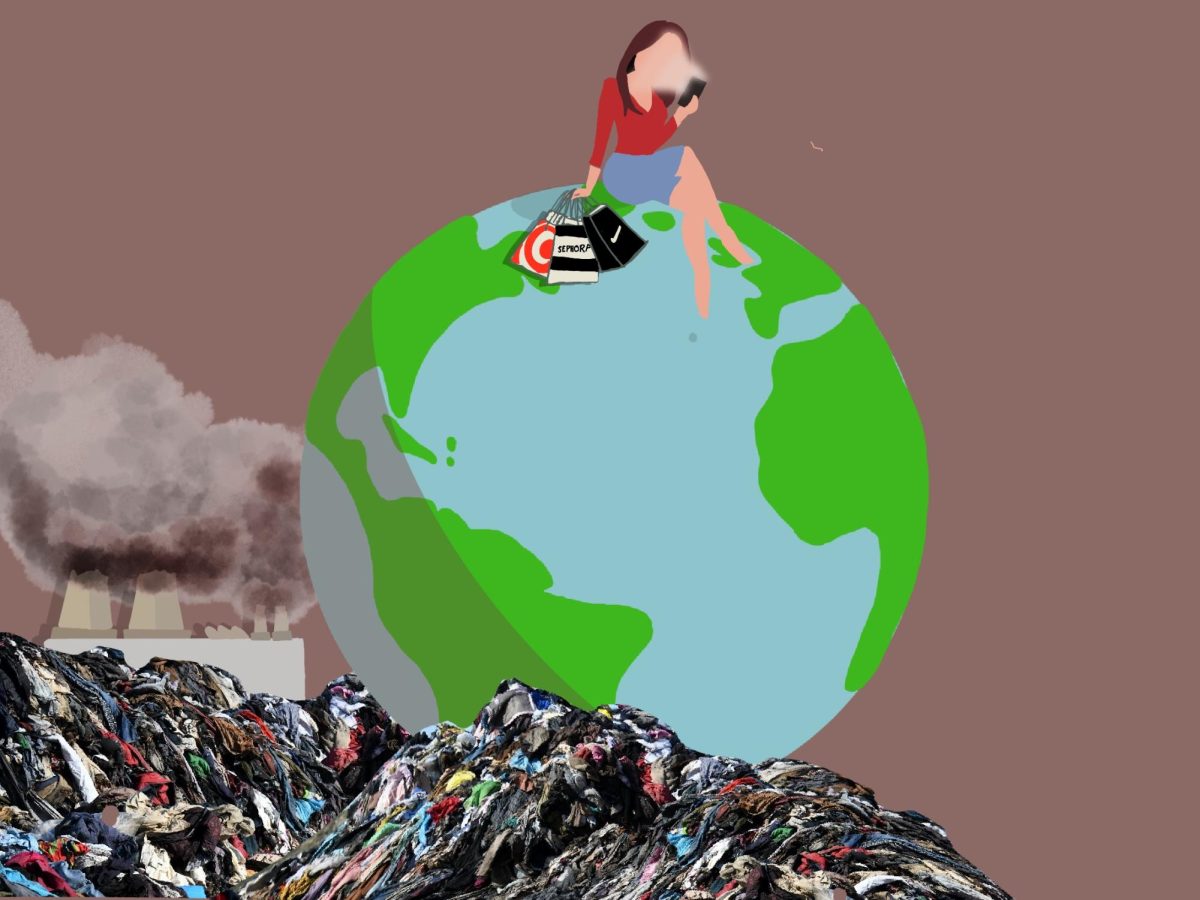The mathematics behind social distancing
March 18, 2020
The coronavirus has now caused the closing of schools, the cancellation of many trips and the postponement of various gatherings.
One of the reasons this virus has been so effective is that it spreads extremely quickly. This is what happened in Italy and China. It seemed that not many people had the virus but as people continued to go out and interact, it spread rapidly.
Symptoms also do not show until approximately five days after contamination. So people who are infected go out and live their lives as if they didn’t have the virus. However, while they believe that they are living their lives as normal, they are actually spreading the virus to many people around them.
We are at a similar point now in the U.S. The amount of people that actually have the virus here is considerably smaller than many people think. But once people are infected, they spread it to others at a very fast rate.
This is why social distancing is recommended, and why we must start taking this more seriously now.
The coronavirus follows an exponential growth trajectory; each infected person infects another 2.5 people. These people infect another 2.5 people each, and the cycle goes on and on.
The math behind this is relatively simple, essentially reflecting the counting of doubles, (1,2,4,8,16…) However, many people don’t understand how fast these doubles increase. Just 24 doubles results in over 16 million. This is why the Coronavirus seems to spread slowly, increases dramatically all at once.
GHS Math Teacher, David Dipietro, explained the importance of social distancing by using hand-shaking. “One person shakes two people’s hands, then those two shake two people’s hands (a total of four hands), then those people shake people’s hands (that is now eight hands), and so on. It grows exponentially over time and then you have many people shaking many more hands. They are spreading the virus in an exponential manner. An ounce of prevention is worth a pound of cure. The simple task of preventing people from coming in contact with each other will help to slow down the high-risk spread of this virus.”
The most effective way to combat this spread is by practicing social distancing. Eliminating even one social interaction can potentially prevent millions of people from being infected.
Social distancing will also “flatten the curve.” You may have seen this graph which relates the number of daily cases to the time since the first case. There is also a flat line which represents the limits of our health care system. It displays two arches: one if we do not use any protective measures, and the other if we do use protective measures.
When we do not use protective measures, the arch goes above the limits of our health care system by almost three times. Meanwhile, when we do use protective measures, it just grazes the limits of our healthcare system.
The graph also displays the height of the outbreak, represented by the peaks of the graph. As seen in the model, the height of the outbreak if we do not use protective measures will come sooner than if we use protective measures.


